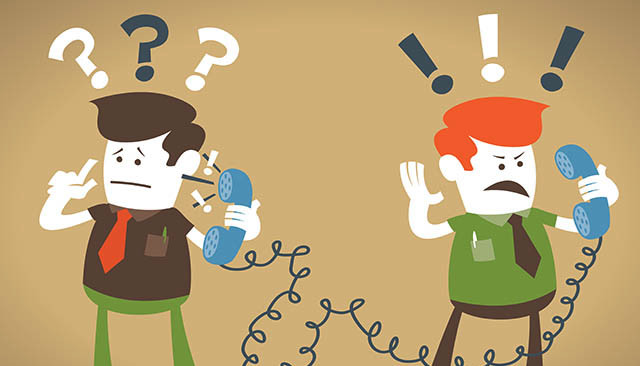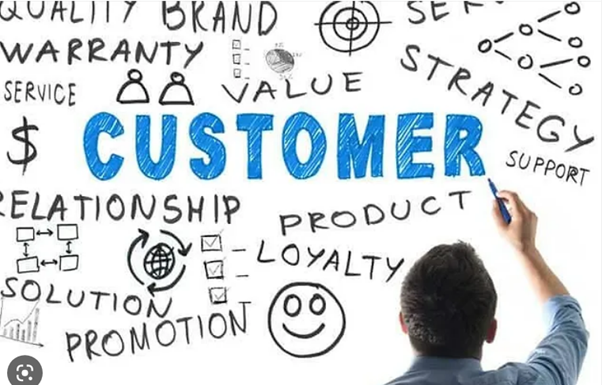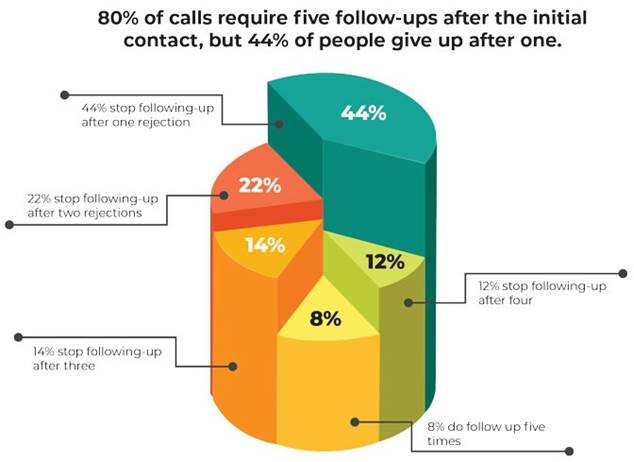Every business has to deal with an unreasonable customer at one point or another
A customer is commonly regarded as being unreasonable when they:
- Demand a service or product whether it is provided by your business or not
- Are seemingly impossible to appease
- Argue the price
- Display rude behaviour towards the salesperson

Here are 8 tips you can use to handle an unreasonable customer.
1. Listen Attentively
Listening to your client is the first step in resolving an issue.
Typically an unreasonable customer will believe their request is actually quite reasonable.
Try to see things from your customer’s view point. Being understanding is important when trying to solve the problem.
2. Let Them Know Your Side
After listening to the customer, you should help them to see your point of view as well.
Eg. If your customer is trying to negotiate you down from your price, explain how you have arrived at that price and why.
3. Consider Other Options
If your customer requests additional services free of charge that are not included in the agreement, explain why you can’t fulfill their request.
But, always offer an alternative option.
Think about alternatives that are fair and will benefit both of you.
Consider the following:
- Could you deliver on part of the extra demands?
- Are there lower-priced alternatives that could meet their needs?
4. Assess The Cost Of Saying “Yes”
If you are the business owner or sales manager, it’s a good idea to calculate he costs linked to catering to unreasonable customers each month. You can then off-set those costs by making changes such as cutting costs in other areas of the business, or raising prices of other products.
It is also beneficial to assess the team’s customer service and negotiation skills.
If you find any issues in these areas, it may indicate a need for staff training.
5. Assess The Consequence Of Saying “No”
Consider what the repercussions are of saying “no”.
Is it possible that you will lose this customer if you deny their demands? If a customer’s demands are virtually impossible and you cannot find an alternative, you can be left with no choice.
You should always carefully assess the situation before saying no, and explain your reasons while remaining calm and polite.
6. Empathise With Them
When you are unable to meet a customer’s request, you should always show empathy.
They are still your client and unless they are extremely difficult, you don’t want to lose them.
It is a good idea to send them a follow-up email or a phone call after a few days to maintain the relationship and show you care.
7. Show Gratitude
Keep in mind that no matter how unreasonable your customer is, you never know what someone is going through.
A simple thank-you is something you should always do.
It will show the customer that you value the relationship even if they have ended a contract with you or left without making a purchase.
8. Don’t Let Them Leave Angry
Rumours about a business spread rapidly, more so now than ever.
It’s important that a customer does not leave angry, to ensure they don’t post anything on social media, or spreading rumours that can damage the reputation of your business.
Does your sales team have an effective plan to handle unreasonable customers?







































































































